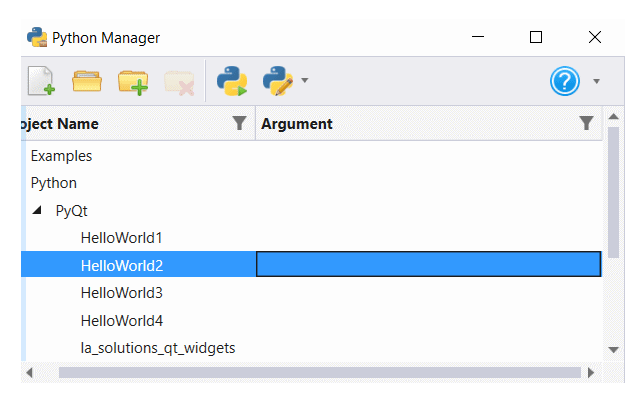
Get Line Vertices
Q How do I get a list of vertices from a DGN line element? This question arose on the Be Communities MicroStation Programming site.
A A version of this solution was provided by Jan Šlegr, a veteran MicroStation developer. The code discussed here addresses some minor problems.
Python Implementation
This code expects you to select some elements in the active DGN model. The code analyses the first element found in the contents of the Selection Set …
- Check whether a Selection Set is active
- Get the first element (as an
ElementHandle) from the selection - Create a
CurveVectorfrom the element- A
CurveVectoris a list of at least oneCurvePrimitive
- A
- Extract the first
CurvePrimitivefrom theCurveVector- If the element is a line …
- Get its start and end points as
DPoint3d -
N points = 2
- Get its start and end points as
- If the element is a line-string …
- Get a list of
DPoint3dvertices -
N points = len(list)
- Get a list of
- If the element is a line …
Selection Set
Check the selection set …
def ElementIsSelected ()->(bool, ElementHandle):
'''
Shows how to get an element from a selection set.
If user has selected at least one element, get its ElementHandle.
Returns: tuple(True, ElementHandle) if an element is found.
'''
valid = False
msg = str()
eh = ElementHandle()
ssm : SelectionSetManager = SelectionSetManager.GetManager()
if ssm.IsActive():
# Get the first element in the selection
status = ssm.GetElement(0, eh)
if (status == BentleyStatus.eSUCCESS):
valid = eh.IsValid()
else:
msg = "Failed to get element from selection set"
MessageCenter.ShowErrorMessage(msg, msg, False)
else:
msg = "No selected element"
MessageCenter.ShowErrorMessage(msg, msg, False)
return (valid, eh)
CurveVector
Create a CurveVector from the element …
curve_vector: CurveVector = ICurvePathQuery.ElementToCurveVector(eh)
A CurveVector is a list of CurvePrimitives.
CurvePrimitive
Get the CurvePrimitives from the CurveVector.
For a simple element, such as a line or line-string, there will be a single CurvePrimitive.
When analysing linear elements, we must distinguish between a line and a line-string …
for primitive in curve_vector:
type = primitive.GetCurvePrimitiveType()
match type:
case ICurvePrimitive.eCURVE_PRIMITIVE_TYPE_Line:
# Analyse CurvePrimitive extracted from line
nPoints = 2
case ICurvePrimitive.eCURVE_PRIMITIVE_TYPE_LineString:
# Analyse CurvePrimitive extracted from line-string
points = primitive.GetLineString()
for n, point in enumerate(points):
PrintDPointToMessageBox(f"Point[{n}]", point, uors)
nPoints += 1

Download the Get Line Vertices archive, and unpack it to a suitable location.
Unpack the ZIP file and copy the Python file into a folder that MicroStation knows about.

Use MicroStation's Python Manager to find and execute the script.
Questions
Post questions about MicroStation programming to the MicroStation Programming Forum.